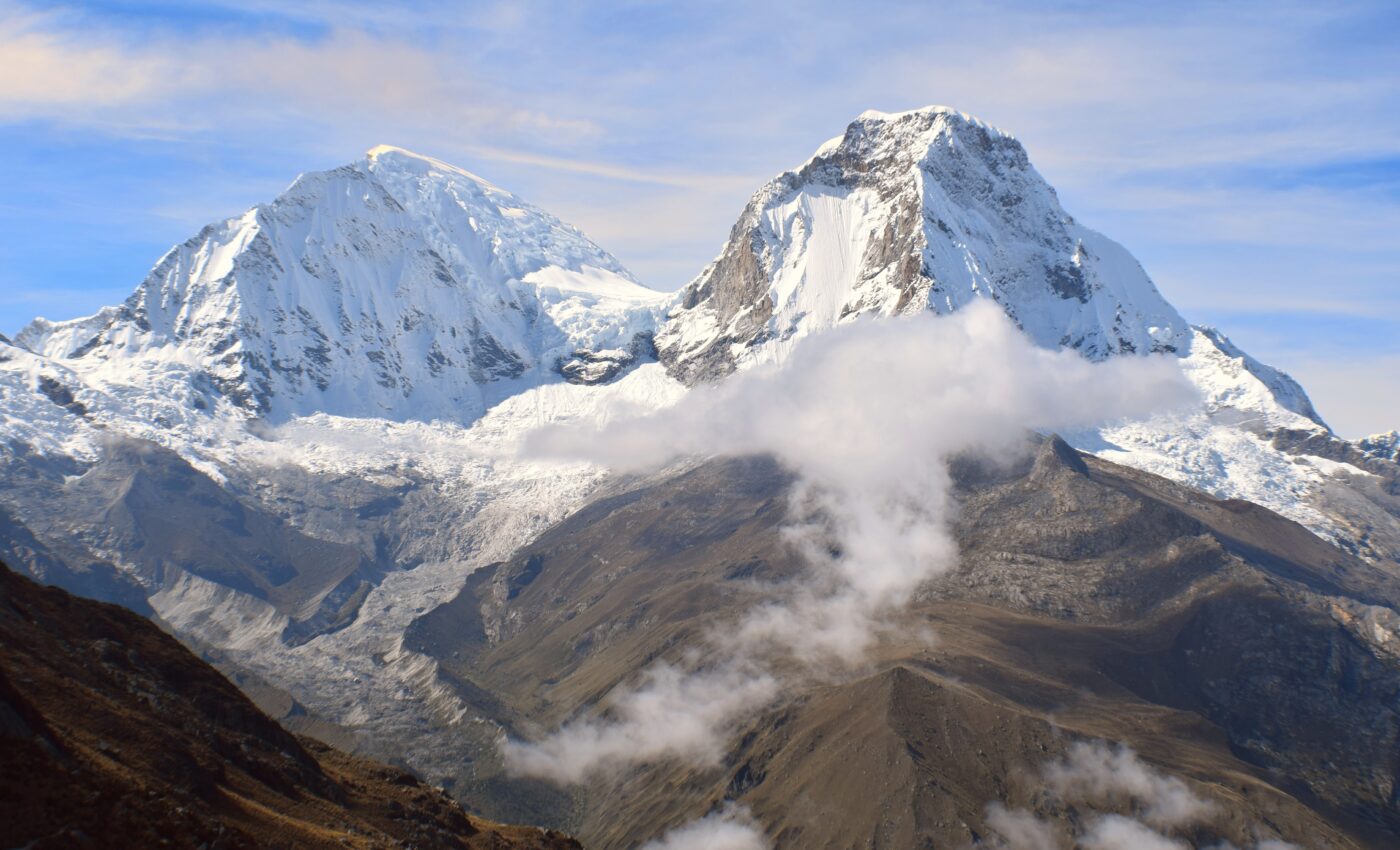
Ice cores from highest tropical peak reveal new climate clues
Researchers at The Ohio State University have analyzed ice cores from Nevado Huascarán, the world’s highest tropical mountain, located in the central Peruvian Andes.
This research, which is the first of its kind to examine ice cores from the summit of this mountain, provides unprecedented insights into the climate history of the Amazon Basin over the past six decades.
Focus of the study
The study was focused on the analysis of four ice core samples. Two of these were from the mountain col, the lowest point between two ridges, and two were from the summit itself – nearly 7,000 meters above sea level.
The team compared the oxygen-stable isotope records found in glacial ice at different elevations on the mountain.
Oxygen-stable isotopes are used by scientists as proxies to deduce temperature changes over time. However, interpreting these records in tropical regions can be particularly challenging due to the complexity of the area’s climate.
Critical insights
The findings revealed that the isotope records have a statistically significant relationship with sea surface temperatures in the Pacific and rainfall over tropical South America.
Notably, the isotopes from the summit showed a heightened sensitivity to large-scale changes in tropical Pacific sea surface temperature, compared to those at lower elevations. This difference is crucial as it indicates that isotope records at varying elevations might depict different aspects or mechanisms of the region’s climate history.
The research suggests an increasing influence of tropical Pacific climate on the summit isotope records, likely due to the rapid climate changes in recent times.
El Niño years
“From a paleo-climate perspective, the data tells us that these cores may be useful for looking at the history of El Niño in the tropics,” said Austin Weber, lead author of the study and a PhD student at the Byrd Polar and Climate Research Center. “And we don’t really have very good histories of that because there are not many observational data sets or historical records for the tropics.”
El Niño years, characterized by anomalously warm sea surface temperatures in the equatorial Pacific, impact the Amazon Basin by weakening trade winds and reducing rainfall. These climatic changes in turn affect the way isotopes fractionate.
Climate change impacts
The study also highlights the impact of climate change on the region. Over the last 60 years, rising temperatures have significantly contributed to the accelerated retreat of ice on Nevado Huascarán.
This ice retreat is concerning, as Lonnie Thompson, co-author of the study and a senior research scientist at the Byrd Polar and Climate Research Center, pointed out.
He said that tropical ice core samples can act as important proxies for understanding Earth’s intricate ocean-atmosphere system.
“The beauty of these ice cores is that they give you a perspective into what the natural variability was before humans started altering the climate system,” said Thompson.
Historic achievement
The retrieval of these ice cores in July 2019 marked a historic achievement, overcoming decades of challenges posed by avalanches and hidden snow-lined crevasses.
The team successfully reached the summit of the mountain’s South Peak and recovered a total of 471 meters of glacial ice cores, both from the col drill site (6,050 meters above sea level) and the summit (6,768 meters above sea level).
“It’s a very difficult and dangerous place to recover ice cores and that expedition probably won’t be repeated,” said Thompson. “This paper is the first research to be published of what I believe will be a whole series of papers on what are probably the most unique collection of ice cores collected in my entire career.”
This work was supported by the National Science Foundation. The findings are published in the Journal of Geophysical Research.
Like what you read? Subscribe to our newsletter for engaging articles, exclusive content, and the latest updates.
—-
Check us out on EarthSnap, a free app brought to you by Eric Ralls and Earth.com.













